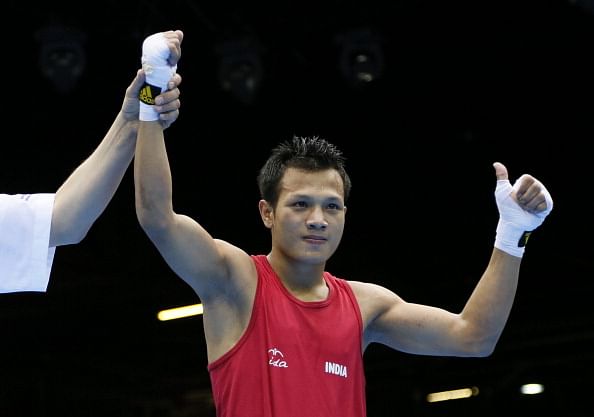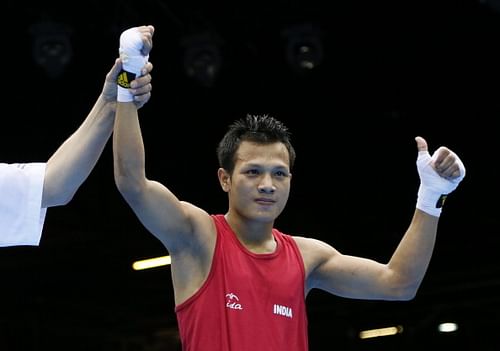
Lessons from London 2012: Aim for the grassroots

Devendro Singh – future bright for India at Rio 2016?
With just two more days of competition remaining at London 2012, India will be vying for another medal, with wrestling being the discipline most likely to bring us more joy. Beijing bronze medalist Sushil Kumar remains India’s best hope for another medal at London 2012. Though as we have seen with the likes of Vijender Singh and Abhinav Bindra, it is not an easy task to defend a medal at the Olympics.
Realistically, India will probably not finish with more than 5 medals in total (this is assuming Sushil Kumar or another Indian wrestler win a medal). With a population of over a billion people, along with a fast-growing economy (of which we are reminded quite often), are we as a nation going to be satisfied with just 4 or 5 medals?
I am sure such questions were asked after our performance at Beijing 2008, and Bindra’s Gold encouraged the public and private sector to devote large sums of resources to Indian athletes at the elite level, most of them medal hopefuls in four years’ time. This was never going to be a long-term solution, as we have seen at London 2012. In India, everyone is looking for a quick solution to everything – they want instant results, and so was the thinking behind our strategy four years ago. But true Olympic champions are made after several years of dedication and commitment, which starts with a young boy or girl enjoying a sport of their choice and only thinking about the satisfaction they derive from doing so, not about Olympic medals. The process starts at the grassroots, which is the base from where our elite sport can build on, which is where different stakeholders in Indian sport need to devote their time and resources.
The focus should be on developing infrastructure and putting systems in place at the grassroots, to encourage more kids to take up different sports. It is not enough to have parks or large playgrounds for children to run around and play in. There needs to be a structure, where facilities are built for specific sporting disciplines, and a large number of children can participate in these sports recreationally. The next step would be to identify talent within the kids participating recreationally, to graduate to the competitive level. Those showing willingness should then be groomed by professional, knowledgeable and well-educated coaches, who have a passion for coaching, and have the best interests of their pupils in mind. Around this we need to build a strong club structure, where children of all ages can join and participate in events and leagues.
After London 2012, the Indian sporting authorities, including the several sport governing bodies, need to gather together to think about the future of Indian sport, especially at Olympics. Instead of taking another myopic route to winning medals, sports administrators need to show vision and long-term thinking in their approach to developing Indian sport. Instead of throwing resources at elite athletes and elite sport, we need to develop a long-term plan for the next 12 years, where different stakeholders’ energies and resources are concentrated on developing sport at grassroots, which is a slow yet rewarding process. Instead of ‘buying’ champions for Rio 2016, let us aim to develop the future athletes of India, and ‘build’ champions for the Olympics in 2024.
By Suheil Tandon
(The author is Co-founder & Partner, Pro4Sport Solutions, a high-performance coaching firm that trains young athletes in the sport of Basketball, Cricket, Football and Table Tennis)